Does the new Canyon Ultimate strike the perfect balance for an all-round performance bike?
The fifth generation Ultimate offers top performance for a wide range of riders
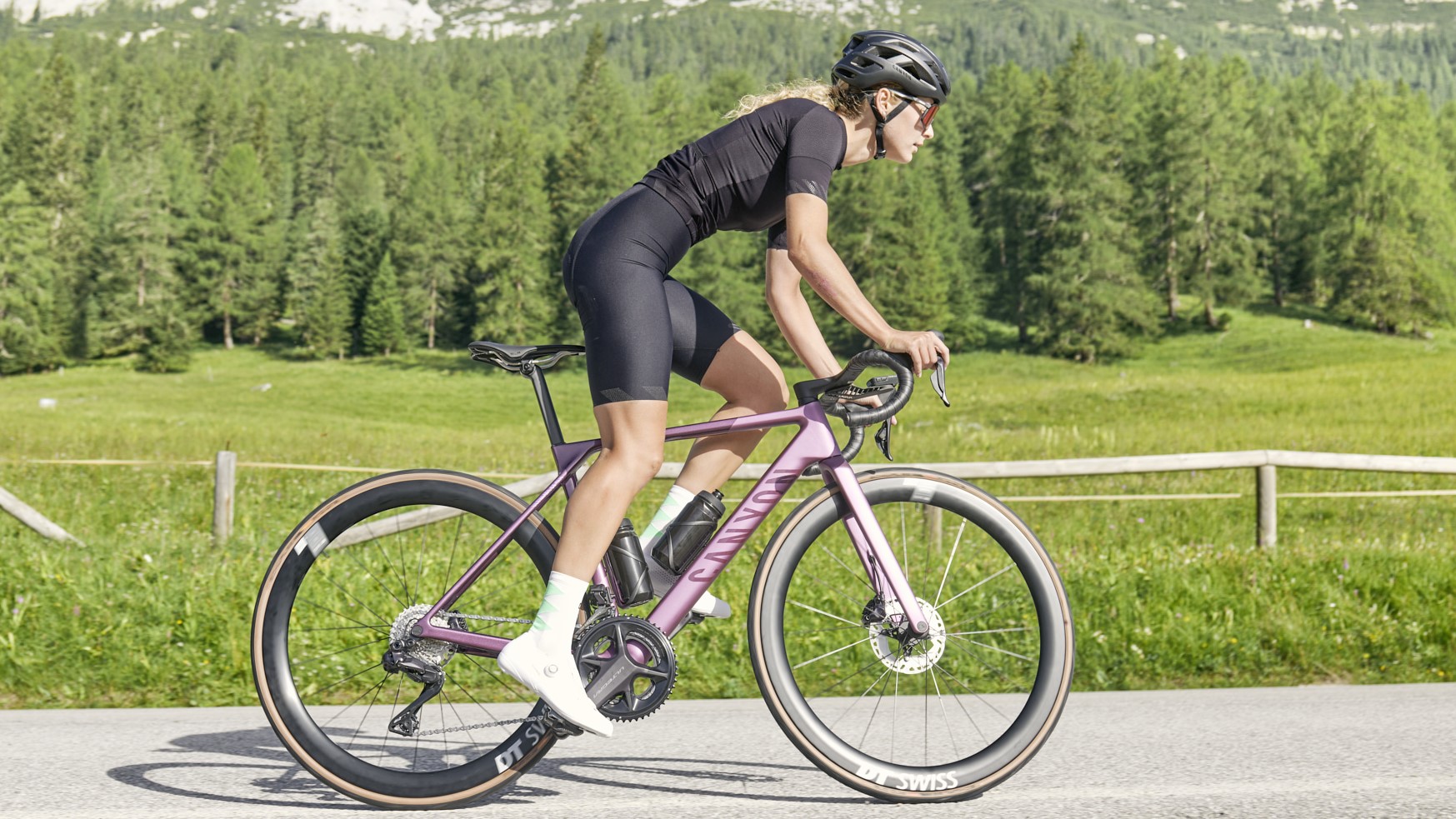
The Canyon Ultimate has made a name for itself as a great pro-level road bike, as well as being a popular choice for performance-minded amateurs.
Building on a legacy of success
In the eighteen years since Canyon launched the Ultimate, it’s always had a reputation as a lightweight climber’s bike. But the new fifth generation Canyon Ultimate is not just a one-trick pony - it has the perfect balance of properties to make it a versatile all-round road bike. It’s available over a price range to suit many riders too, with 11 models across three frame platforms and prices starting at £2,699 for the Ultimate CF SL7.
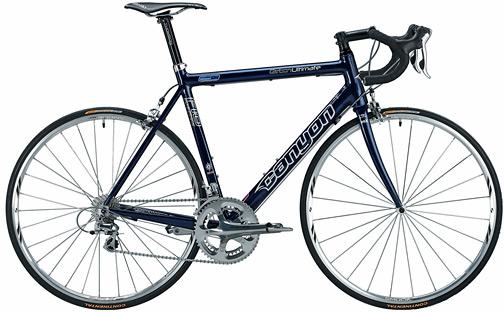
We’ve been covering the Ultimate here at Cyclingnews ever since the original bike broke cover back in 2005. Back then, we described Canyon as “an up-and-coming player in the mid- to high-end racing bike market”. Our size 56 test Ultimate Pro weighed 6.9kg and cost €2,800.
It’s fair to say that in the intervening 17 years, Canyon has become a powerhouse, aspirational brand, not least thanks to the Ultimate. It’s a bike that has had a spectacular palmarès, with three grand tour wins to its name (Nairo Quintana in 2014 and 2017, Richard Carapaz in 2019), not to mention two World Championships (Cadel Evans in 2009, Alejandro Valverde in 2018) and wins in a slew of big-name races.
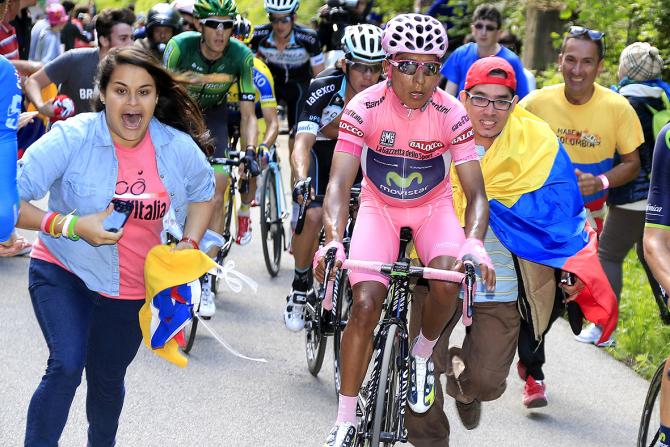
It’s also been a trendsetter, over the years adding the features that represent a modern race bike, with Canyon increasingly engineering its own parts including seatpost and cockpit.
The second generation Ultimate was launched in 2007 and looked to increase comfort with a skinnier 27.2mm seatpost. Then in 2012 came the third generation bike, which added internal cable routing.
The fourth generation Ultimate actually went through five iterations. In 2015, it added aero tube profiles to the classic frame design, as well as a new internal seat clamp to add extra comfort and a superlight Evo carbon lay-up, while in 2016 disc brakes arrived.
May 2017 saw the introduction of a women's-specific Ultimate and tweaks to the bike’s geometry, while by 2019 the Evo version was first offered with disc brakes, but still came in at under 6kg. In August 2020, Canyon launched its CFR branding for its premium race bikes.
Now there’s a new fifth generation of the Ultimate.
Still lightweight, but stiffer
The new Canyon Ultimate looks to cover the major properties that riders look for in a performance bike. Although it’s still light, Canyon hasn’t looked to make the Ultimate ever-lighter at the expense of other rider needs, so the new Ultimate is close to the same weight as the previous model. Even the entry-level Ultimate CF SL7 has a competitive 8.2kg claimed weight for a size M, while the top-spec Ultimate CFR Di2 drops that to just 6.2kg.
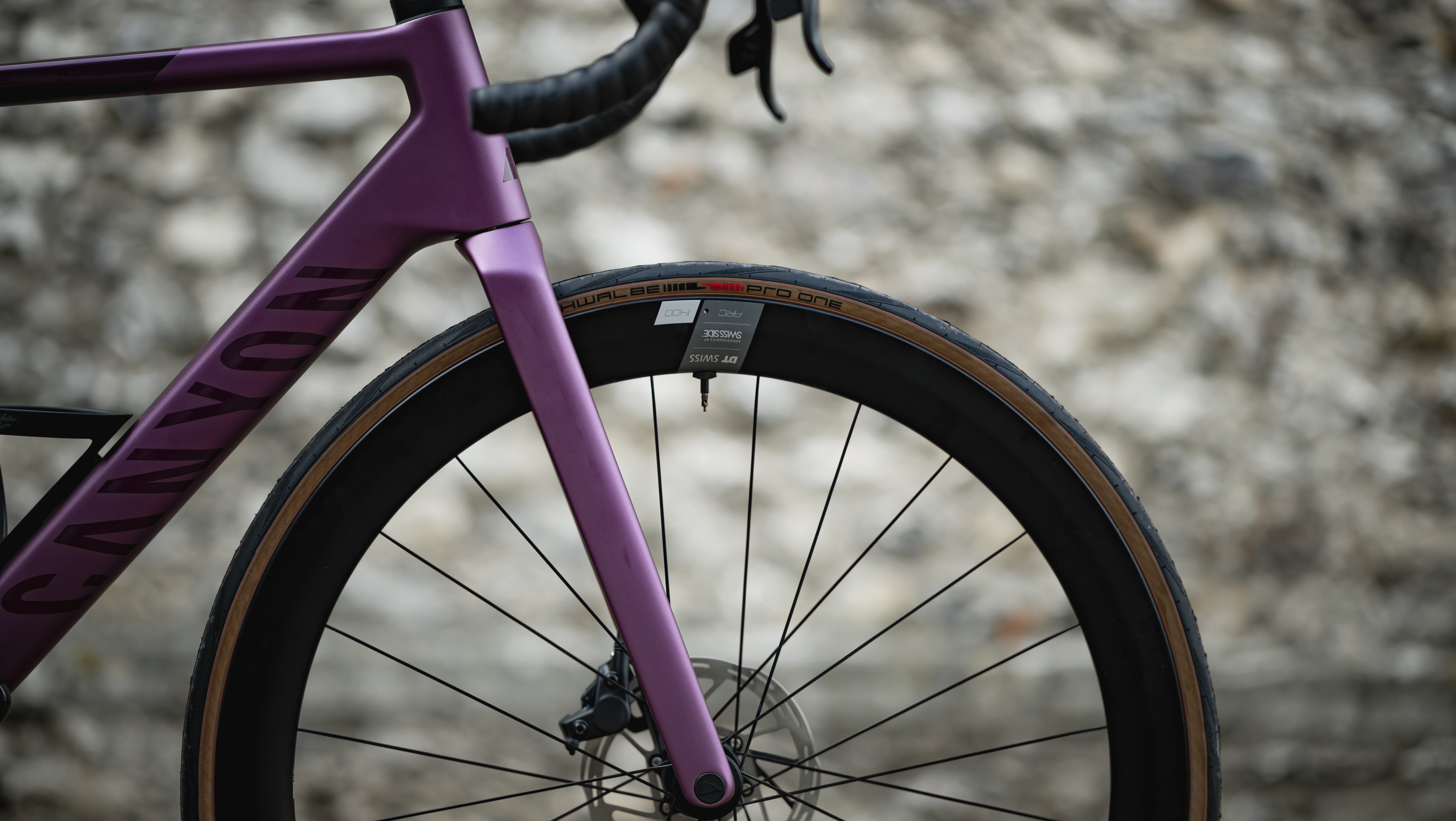
Canyon says that it has increased the frame’s stiffness by 5.88% at the head tube though, so that the bike is more responsive on climbs and sprints. It has placed extra carbon fibre in the high-stress areas of the frame like the bottom bracket. It says that this adds 30g to the frame weight but increases the frame’s lifespan for a more durable, more sustainable bike.
Added comfort
Stiffer could have meant less comfortable, but Canyon has increased the Ultimate’s stiffness while also upping comfort, with added compliance built into the main touchpoints: the seatpost and the handlebars. That’s thanks to Canyon’s carbon fibre design expertise and its use of its own components.
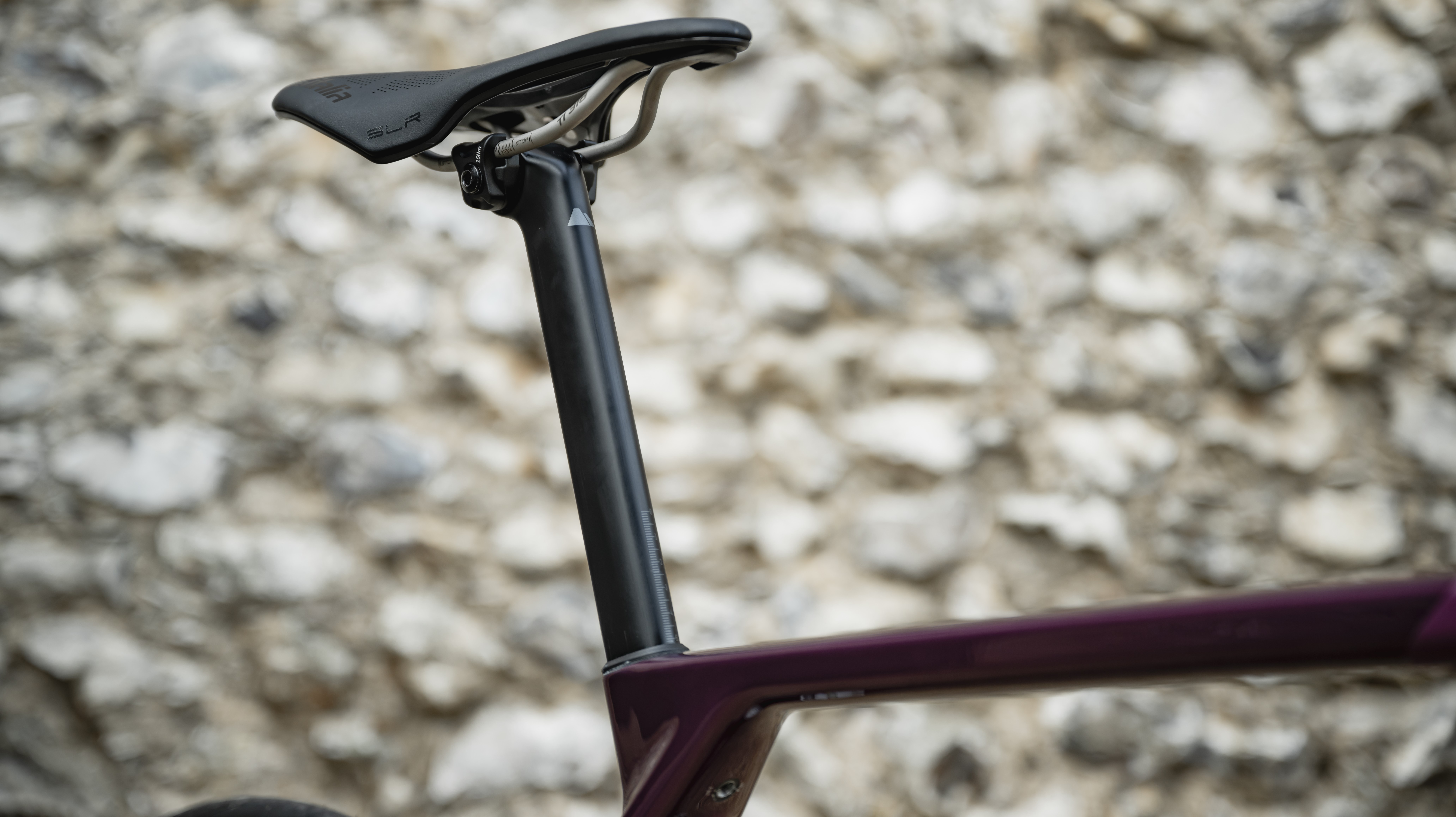
Canyon has designed a new seatpost for the Ultimate. It’s D-shaped and aero, while the seatpost clamp has been redesigned to allow extra flexing length. It’s now on the inside edge of the frame triangle too, so it’s protected from wheelspray and dirt. On SL and SLX bikes, it comes with 20mm setback and weighs 100g, while the CFR bikes get a zero setback post with a weight of just 70g. To increase your road presence, you can add a 24g USB C rechargeable rear light designed to fit all Canyon’s seatposts without straps.
Another unique Canyon design, the CP0018 Aerocockpit was originally developed for the Aeroad, routes cables and hoses internally and allows the bars to be adjusted for width by 20mm each side of the central bar. The design also means that the end sections of the handlebar can easily be removed for transport, leaving just the 230mm wide central section in place.
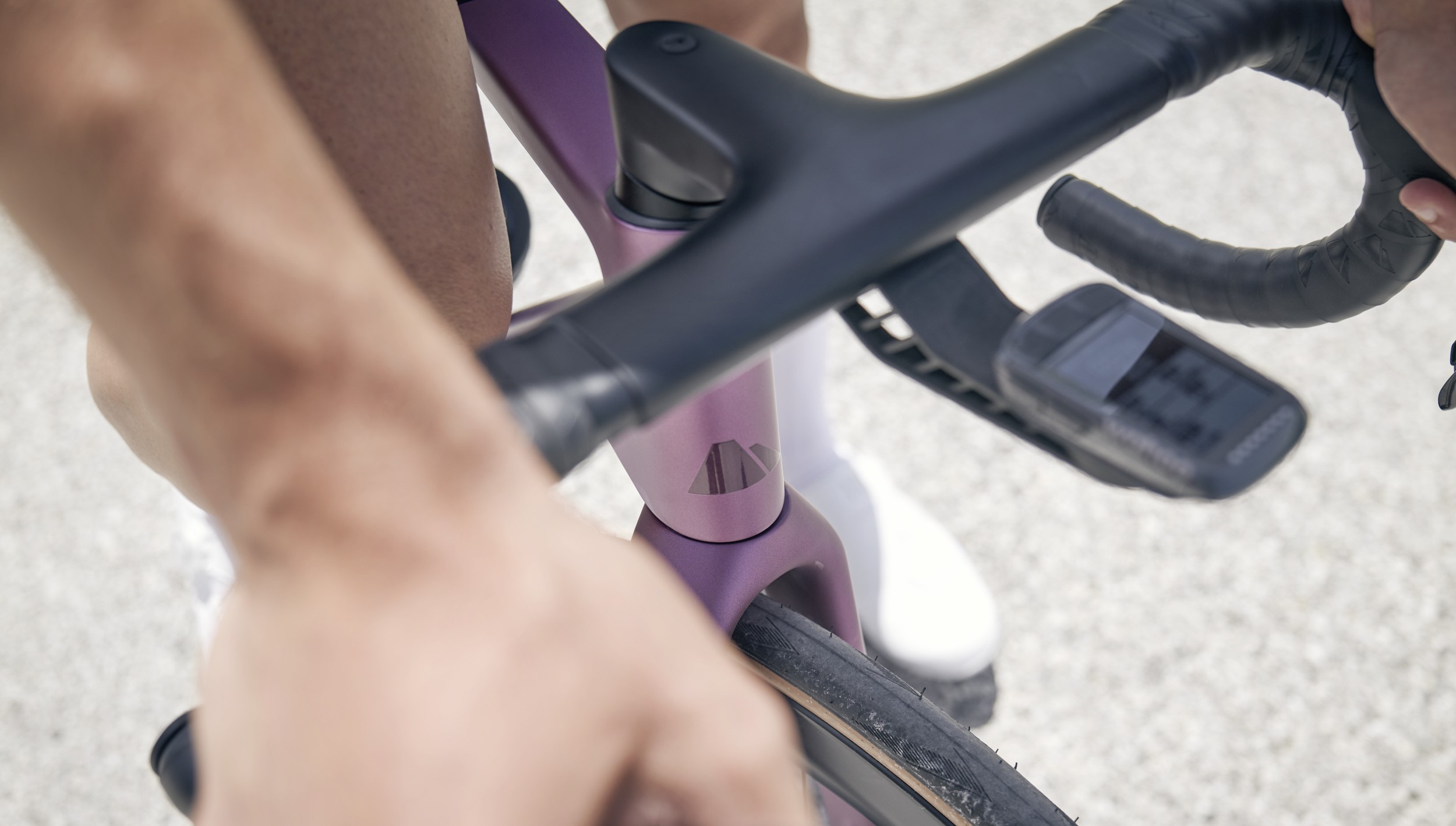
Another benefit of the design is that you can change bar height easily between high and low positions without having to cut down the steerer. There’s a 3D printed out-front computer mount for Garmin or Wahoo computers available to fit the Aerocockpit, which weighs just 17 grams.
There’s added comfort too from the increased frame clearance, so that you can now fit 32mm tyres. The Ultimate CF SL will be sold with 28mm tyres and the Ultimate CF SLX and CFR with a 25mm tyre at the front and a 28mm at the rear.
Improved aerodynamics
A modern race bike has to be aero as well as lightweight and Canyon says that the new Ultimate saves 10 watts at 45km/h compared to the outgoing model. It’s worked with aerodynamicists at SwissSide to hone the frame’s aerodynamics using CFD and wind tunnel studies.
With aerodynamic drag the most significant factor for a rider to overcome even at 14km/h, improving aerodynamic performance is a key factor in making a bike fast, even more than rolling resistance or gravity.
Classic looks
Although the new fifth generation Ultimate delivers cutting-edge performance and features it retains the clean lines that have characterised the bike ever since 2004.
"I hope people love the fun riding character, as well as the dynamic and pure design aesthetic of our new Ultimate. As many bikes get more and more complicated and stylized, the simple and clean shapes are what makes this bike stand out,” says Michael Scale, designer on the Ultimate.
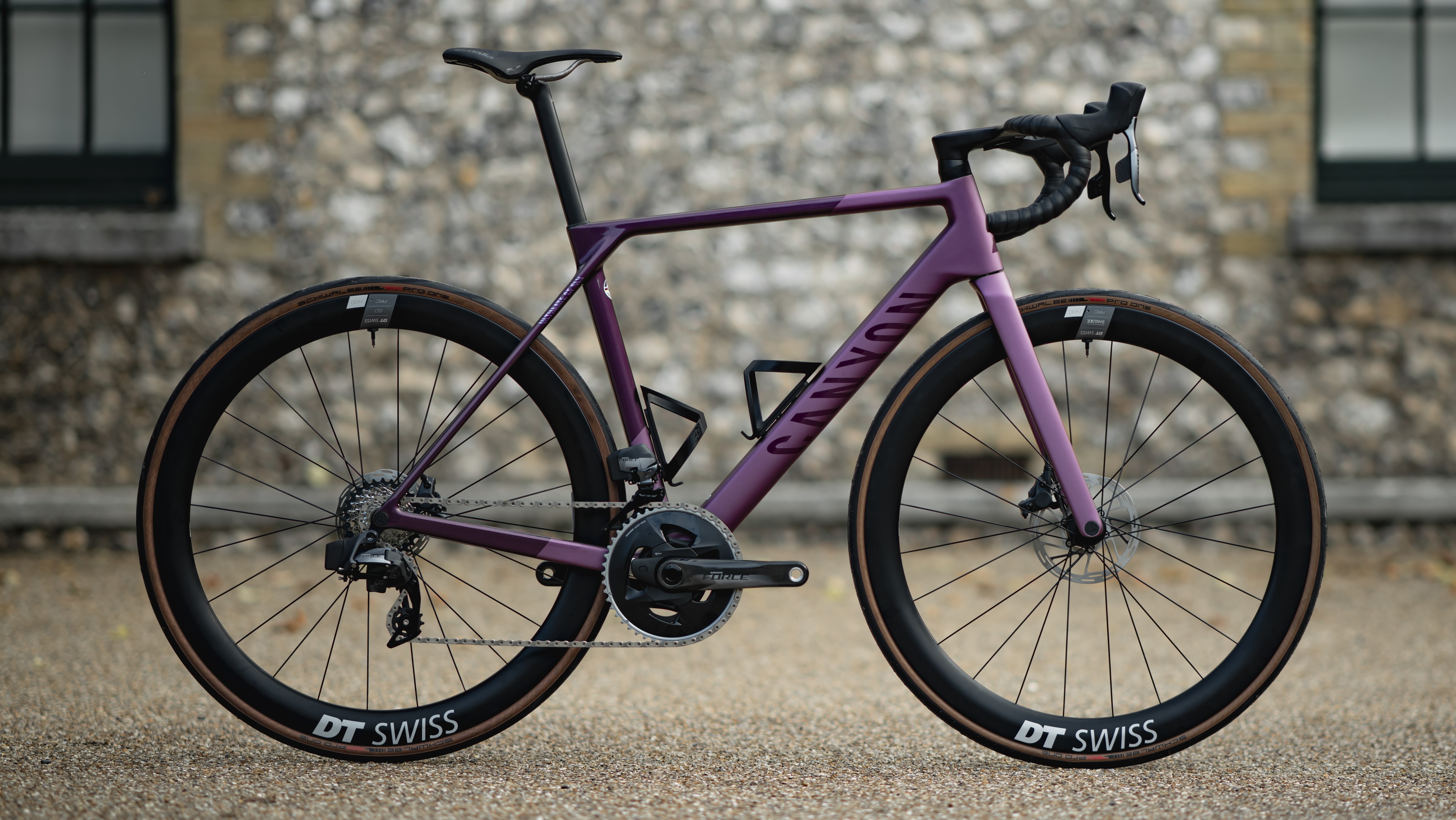
Sizing for a wide range of riders
Canyon says that the old Ultimate’s handling was so good that the only geometry tweak it’s made is to lengthen the chainstays on larger-sized bikes to make handling more consistent across the range. This also means that the Ultimate shares its geometry, fit and handling characteristics with the Aeroad so that Canyon’s sponsored teams can easily switch between the two bikes.
Canyon now has a 3XS size option for the Ultimate SL and SLX frames, so there are a total of eight sizes available. As with many of Canyon’s other bikes, the smaller sizes have 650b wheels so that there’s similar geometry and handling across the size range. Canyon fits 650b wheels to the 3XS and 2XS for the Ultimate CF SL and the 3XS for the Ultimate CF SLX. The premium CFR frames all have 700c wheels for easy serviceability by pro team mechanics.
The perfect balance
So the new fifth-generation Canyon Ultimate offers great performance for a wide range of riders. It’s lightweight, but still aero, stiff but still comfortable and combines cutting-edge performance with classic looks that will be familiar to anyone who’s seen the development of the Ultimate through its five generations since its launch in 2004.
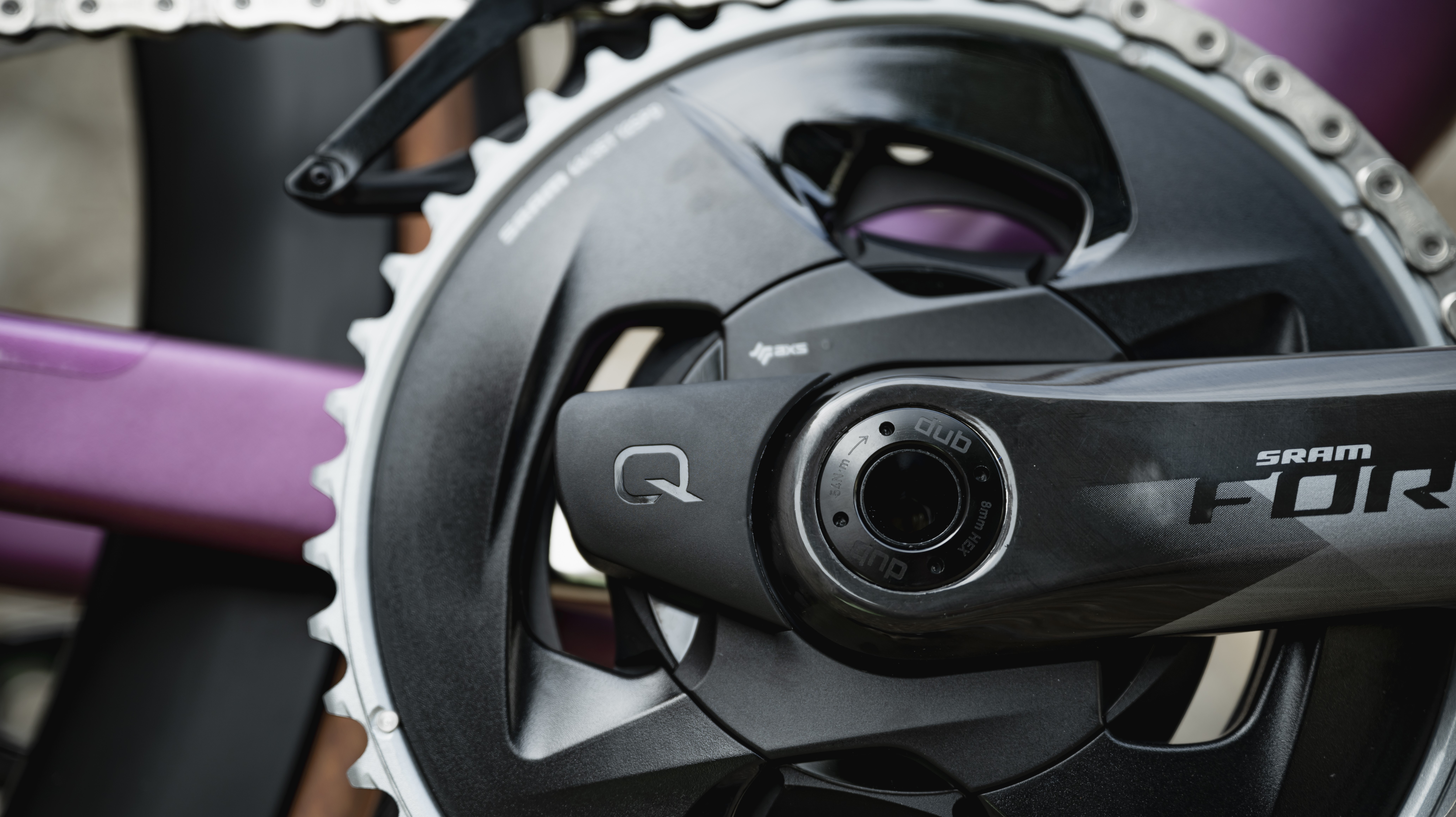
“A familiar classic silhouette disguising modern approaches to performance gains, an unparalleled stiffness to weight to aerodynamic ratio. It’s the versatile race machine that's ready for whichever roads you throw at it; the elegant companion that draws attention thanks to its iconic appearance. The only bike you will find yourself wanting to own," sums up Lukas Birr, R&D lead on the new Ultimate.
There’s a bike to fit everyone and to suit a wide range of budgets from £2,699 right up to £10,399 -plus for the pro-spec Ultimate CFR models. As with all Canyon’s bikes, the Ultimate range comes with great specs too, with quality wheels, tyres, saddles and groupsets. All but the Ultimate CF SL7 and SL8 have an electronic groupset and include a power meter.
Get The Leadout Newsletter
The latest race content, interviews, features, reviews and expert buying guides, direct to your inbox!
Paul has been on two wheels since he was in his teens and he's spent much of the time since writing about bikes and the associated tech. He's a road cyclist at heart but his adventurous curiosity means Paul has been riding gravel since well before it was cool, adapting his cyclo-cross bike to ride all-day off-road epics and putting road kit to the ultimate test along the way. Paul has contributed to Cyclingnews' tech coverage for a few years, helping to maintain the freshness of our buying guides and deals content, as well as writing a number of our voucher code pages.
